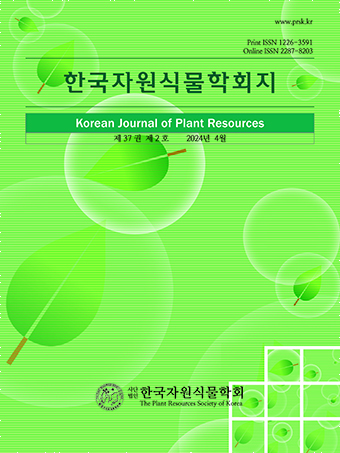Research Article
Abstract
References
Information
Beaumont, K.A., D.J. Smit, Y.Y. Liu, E. Chai, M.P. Patel, G.L. Millhauser, J.J. Smith, P.F. Alewood and R.A. Sturm. 2012. Melanocortin-1 receptor-mediated signaling pathways activated by NDP-MSH and HBD3 ligands. Pigment Cell Melanoma Res. 25:370-374.
10.1111/j.1755-148X.2012.00990.x22364200PMC3994986
Chiang, H.M., Y.C. Chien, C.H. Wu, Y.H. Kuo, W.C. Wu, Y.Y. Pan, Y.H. Su and K.C. Wen. 2014. Hydroalcoholic extract of Rhodiola rosea L. (Crassulaceae) and its hydrolysate inhibit melanogenesis in B16F0 cells by regulating the CREB/ MITF/tyrosinase pathway. Food Chem. Toxicol. 65:129-139.
10.1016/j.fct.2013.12.03224380755
Chung, K.W., H.O. Jeong, E.J. Jang, Y.J. Choi, D.H. Kim, S.R. Kim, K.J. Lee, H.J. Lee, P. Chun, Y. Byun, H.R. Moon and H.Y. Chung. 2013. Characterization of a small molecule inhibitor of melanogenesis that inhibits tyrosinase activity and scavenges nitric oxide (NO). Biochim. Biophys. Acta 1830:4752-4761.
10.1016/j.bbagen.2013.06.00223769841
Hwang, E., T.H. Lee, W.J. Lee, W.S. Shim, E.J. Yeo, S. Kim and S.Y. Kim. 2016. A novel synthetic Piper amide derivative NED-180 inhibits hyperpigmentation by activating the PI3K and ERK pathways and by regulating Ca2+ influx via TRPM1 channels. Pigment Cell Melanoma Res. 29:81-91.
10.1111/pcmr.1243026459162
Jiménez-Cervantes, C., M. Martínez-Esparza, C. Pérez, N. Daum, F. Solano and J.C. García-Borrón. 2001. Inhibition of melanogenesis in response to oxidative stress: transient downregulation of melanocyte differentiation markers and possible involvement of microphthalmia transcription factor. J. Cell Sci. 114:2335-2344.
10.1242/jcs.114.12.233511493672
Swope, V.B., J.A. Jameson, K.L. McFarland and D.M. Supp, W.E. Miller, D.W. McGraw, M.A. Patel, M.A. Nix, G.L. Millhauser, G.F. Babcock and Z.A. Abdel-Malek. 2012. Defining MC1R regulation in human melanocytes by its agonist α-melanocortin and antagonists agouti signaling protein and β-defensin 3. J. Invest. Dermatol. 132:2255- 2262.
10.1038/jid.2012.13522572817PMC3627493
Takizawa, T., T. Imai, J. Onose, M. Ueda, T. Tamura, K. Mitsumori, K. Izumi and M. Hirose. 2004. Enhancement of hepatocarcinogenesis by kojic acid in rat two-stage models after initiation with N-bis (2-hydroxypropyl) nitrosamine or N-diethylnitrosamine. Toxicol. Sci. 81:43-49.
10.1093/toxsci/kfh19515201437
- Publisher :The Plant Resources Society of Korea
- Publisher(Ko) :한국자원식물학회
- Journal Title :Korean Journal of Plant Resources
- Journal Title(Ko) :한국자원식물학회지
- Volume : 34
- No :6
- Pages :510-516
- Received Date : 2021-11-09
- Revised Date : 2021-11-23
- Accepted Date : 2021-11-23
- DOI :https://doi.org/10.7732/kjpr.2021.34.6.510




 Korean Journal of Plant Resources
Korean Journal of Plant Resources







